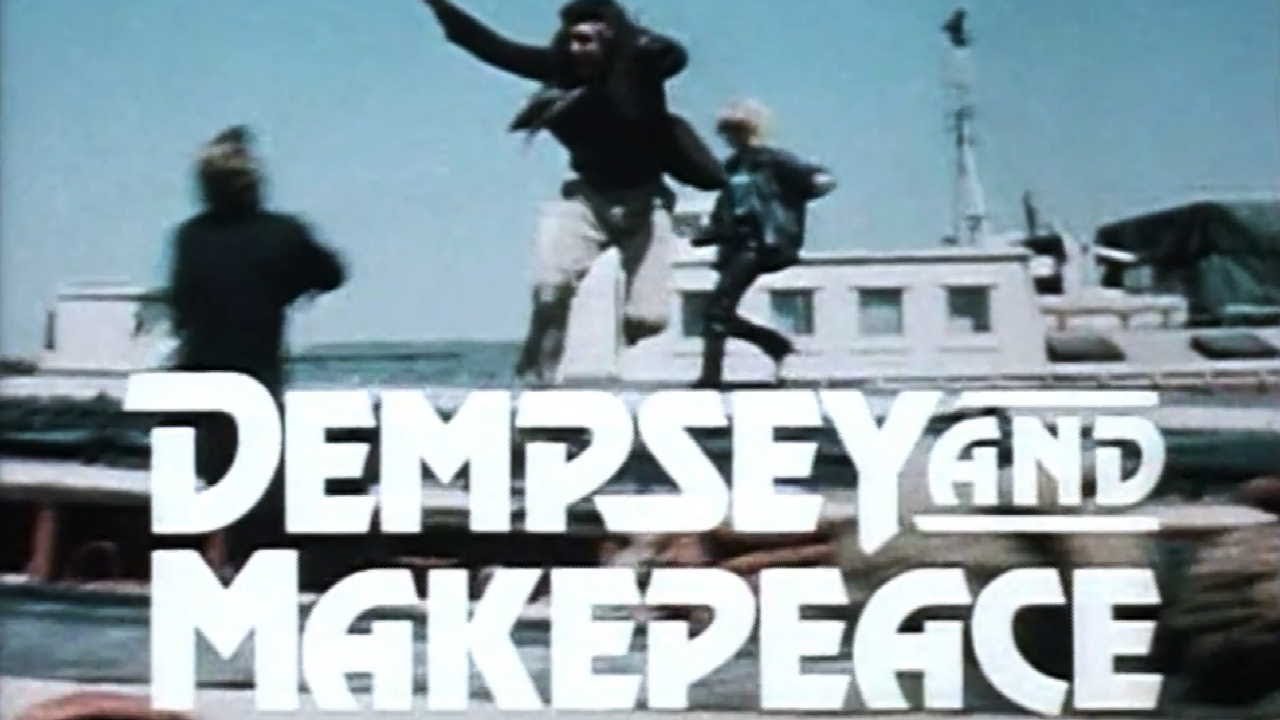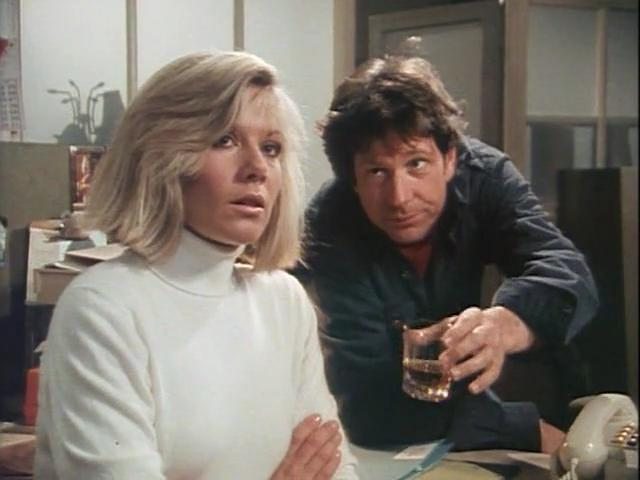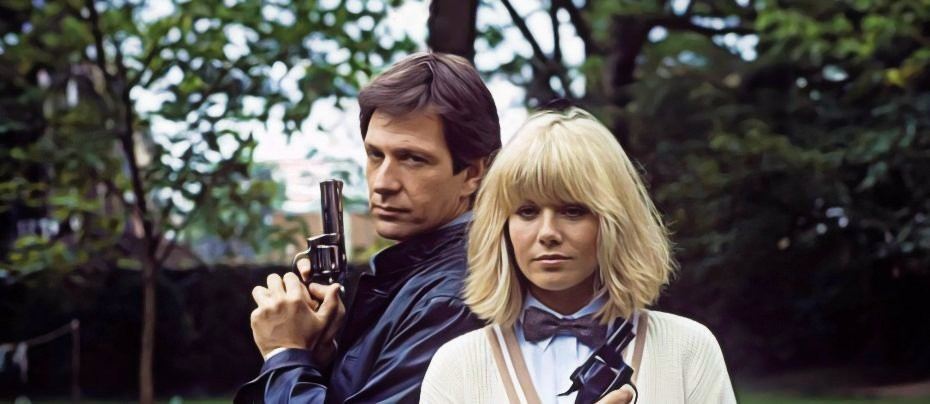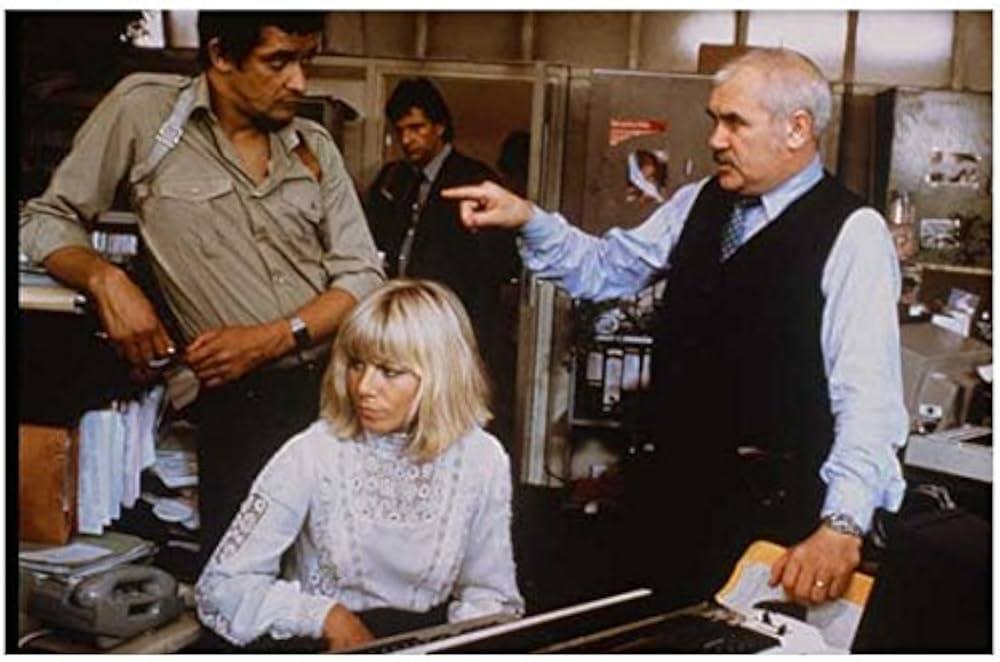Dempsey and Makepeace (1985)

Dempsey and Makepeace is a British crime drama television series that first aired in 1985. Created and produced by Ranald Graham, the series was a collaboration between London Weekend Television (LWT) and ITV. The show is known for its engaging combination of crime-solving and action, as well as the unique partnership between its two main characters, Dempsey and Makepeace. Played by Michael Brandon and Glynis Barber, the characters’ dynamic and the exciting blend of action, suspense, and wit captivated audiences, making the show a popular hit throughout its run.
The series follows the partnership between James Dempsey (Michael Brandon), a tough, streetwise American cop, and Harriet Makepeace (Glynis Barber), a prim and proper British detective. Dempsey is assigned to work with Makepeace in the elite Major Crime Unit of the London police. The duo is an unlikely pair, as their differences in personality and approach to policing create tension and conflict, but also lead to an effective working relationship. Each episode involves them solving various high-stakes crimes, from organized crime syndicates to more personal cases, while their evolving partnership becomes a central element of the show.
Dempsey and Makepeace explores several important themes, including teamwork, cultural differences, and the contrast between law enforcement styles. The characters’ contrasting personalities create a dynamic that is central to the storytelling. Dempsey’s brash, action-oriented approach often clashes with Makepeace’s more measured, methodical tactics. This tension is an integral part of the show, as it allows for both humor and drama. The show also touches on the themes of loyalty and trust, particularly as Dempsey and Makepeace navigate dangerous situations and develop a deeper bond over time, both professionally and personally.

The development of the two main characters is a highlight of the series. James Dempsey is portrayed as a charismatic, risk-taking detective with a knack for getting into trouble. However, over the course of the series, his character becomes more layered as his partnership with Makepeace develops, showing his vulnerability and capacity for teamwork. On the other hand, Harriet Makepeace, initially portrayed as more reserved and proper, undergoes a transformation as she becomes more attuned to Dempsey’s unorthodox methods, gaining confidence and adapting to a more hands-on approach to crime-solving. The chemistry between the two leads, both professionally and romantically, adds emotional depth to the show and makes their partnership a compelling aspect of the series.

The direction and cinematography in Dempsey and Makepeace reflect the action-packed nature of the series while also focusing on character-driven moments. The series is filled with high-octane chase sequences, shootouts, and dramatic confrontations, all shot with a gritty realism that adds to the intensity of the crime-solving process. The show’s cinematography often contrasts the bustling streets of London with the more intimate settings of the characters’ personal lives, providing both excitement and emotional resonance. Ranald Graham’s direction ensures that the balance between thrilling action and character development is maintained throughout the series, creating a well-rounded crime drama.

In conclusion, Dempsey and Makepeace remains a memorable and beloved British crime drama due to its engaging storytelling, strong character development, and the dynamic between its two leads. Michael Brandon and Glynis Barber’s performances brought depth and authenticity to their characters, making their partnership both believable and entertaining. The show’s blend of crime-solving, action, and personal drama made it stand out in the crowded television landscape of the 1980s. Dempsey and Makepeace continues to be celebrated for its unique mix of drama, humor, and suspense, and its place in British television history is well-earned.











